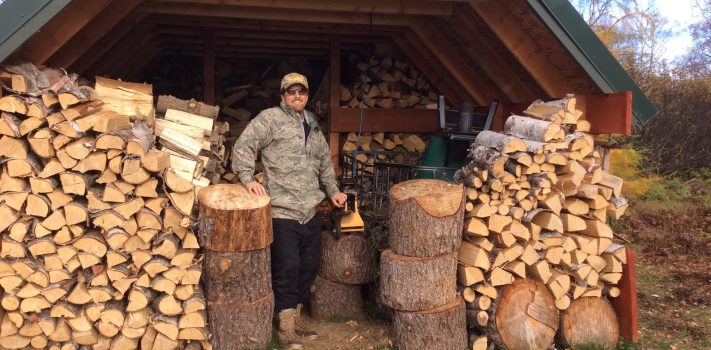One of our goals each year is to decrease our dependency on others by increasing our skills and resources. In the city, it was convenient to pay for services and products. Living remotely, we learn to do many things ourselves or do without. I evaluate aspects of our life on a continuum from dependent to independent:
- Dependent on others
- Self-reliant
- Self-sufficient
- Self-sustaining
Given recent news reports of coronavirus and the economy, tornadoes, wildfires, and power outages, perhaps readers are applying this sort of rubric to their situations, too.
a) DEPENDENT – I judge us as dependent on items and skills/services we have to BUY ONCE A YEAR or more often. These include ANY rapidly depleted products made of petroleum (fuel, plastic) metal, glass, and paper (toilet paper!!!). We are also dependent for foods we enjoy but cannot grow, like tropical spices, coffee, citrus. Finally, we rely on skilled service providers occasionally, too, for skilled construction, machine repair, taxidermy.
b) SELF-RELIANT – This simply means things we do ourselves, whether it is baking bread or cutting down trees or canning food. For example, I buy green coffee beans and roast them. This category overlaps with the next.
c) SELF-SUFFICIENT – I define this as having the skills and products or resources on hand that will LAST 1 to 8 or 9 YEARS, before requiring replacement/renewal. These include our wind turbine, stored food (both homemade and purchased), annual foods that I grow from seed, most electric and gas tools, chickens, honeybees. (Hens lay for 3 years before aging out, and some years our honeybees overwinter but others they all die). A low cost of living is helpful to self-sufficiency, too.
d) SELF-SUSTAINING – This is the “gold standard” of independence. It encompasses products and resources on hand that can conceivably last FOREVER, or at least a DECADE without outside servicing or replenishment. Examples for us include our well and lake, accessible timber for fuel and construction, perennial fruit, herbs, and vegetables (both wild and planted/domesticated for food and home remedies), solar panels, many hand tools, and some long-lasting gas and electric tools. I also include black bear meat and the rabbits that we raise for their meat, fertilizer, and fur, since a buck and two does produce as many rabbits as we want, at a frequency and time of year that we can choose (by when we mate them). Sadly, the lake is not a self–sustaining food source. Voracious pike eliminated the prior tasty fish and are now eating each other to such an extent that the fish are vastly depleted in both number and size. To access other fish in nearby creeks, we need to maintain trails through the woods, which we have neglected.
DECREASING DEPENDENCE
Over the years, it has been something of a game for me to shave off a number of products we used to buy. In many cases, this saves money. In others, it increases our sense of competency. For example, I finally taught myself to sew and I find it more satisfying than I expected. Previously, I learned how to forage for wild foods for nutrition and medicine. I enjoy making staples such as hygiene and house cleaning products, condiments, bread, dog treats from relatively few, cheap, and versatile staples like salt, vinegar, yeast, flour, or hydrogen peroxide. My husband has become a more skillful carpenter, hunter, and has developed a ham radio network, both regionally and nationally.
One “game” I like to play is to figure out how to repurpose something that previously was used only in one season or became trash. Six foot x 22” metal grids variously function as bean trellises, rabbit hutches, and fur/potato drying racks. The greenhouse houses our rabbits in the winter. Plastic sleds haul wood in winter and hay, mulch, weeds in summer. Tin cans become whimsical yard art. Torn flannel sheets become comfortable pajama bottoms. Kitchen garbage feeds the animals and gardens. In such ways, we make fewer purchases, multiply the value of resources we already have, generate less trash, and preserve money, gasoline, space, and time.
Conclusion
In conclusion, we are certainly much more self-reliant than we ever were when living in a city, where services and products were so convenient to buy. Except during Southern hurricanes and floods, I did not think much about supply chains and accessibility. Now, I do… every season. We have sacrificed convenience in favor of increasing competence and a quiet sort of satisfaction.
I encourage readers to add 2 to 4 new money savers from this list that increase their self sufficiency, wherever they live.
About The Author
Mr. & Mrs. Alaska live off-grid in the Alaska bush. Mrs. Alaska blogs at: Alaska Bush Life, Off-Road, Off-Grid.










